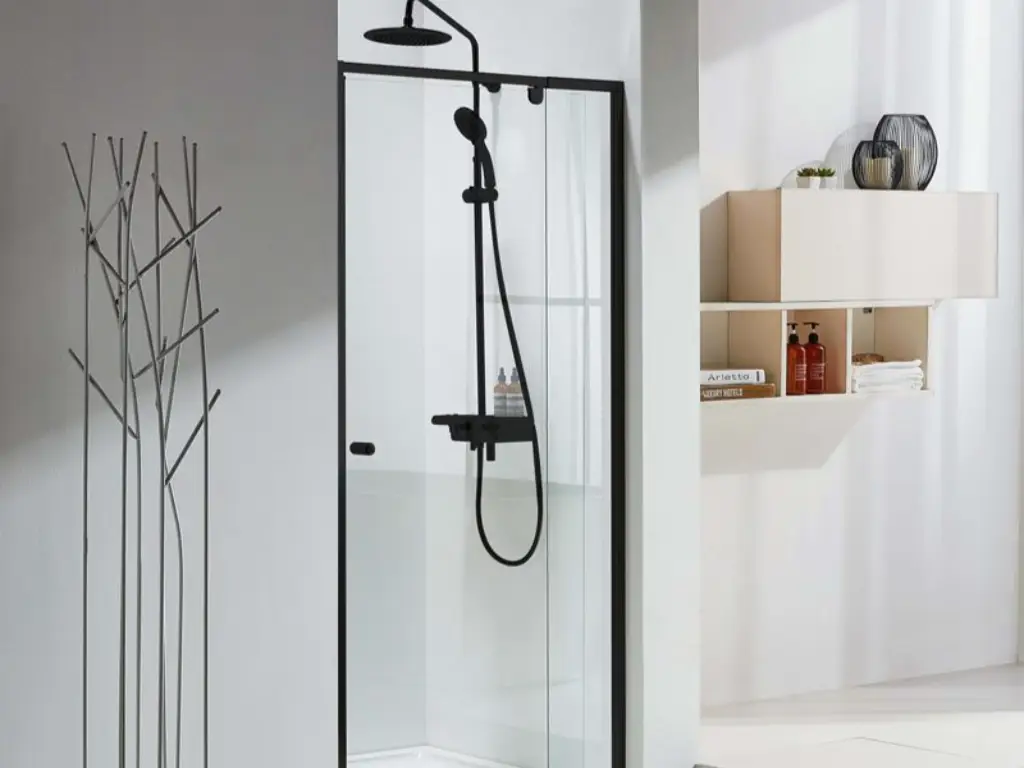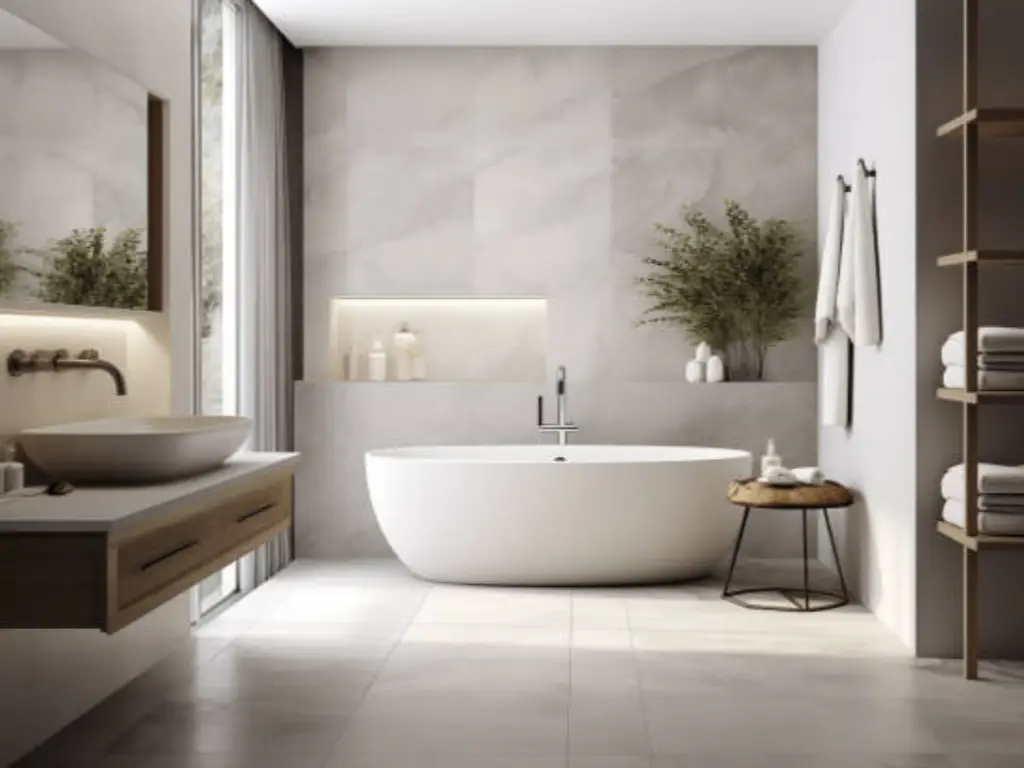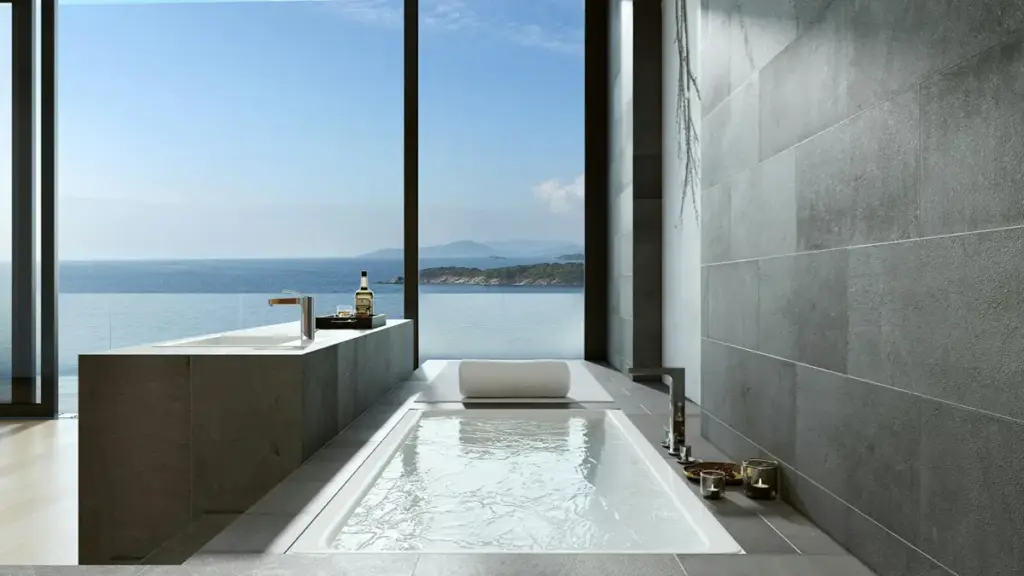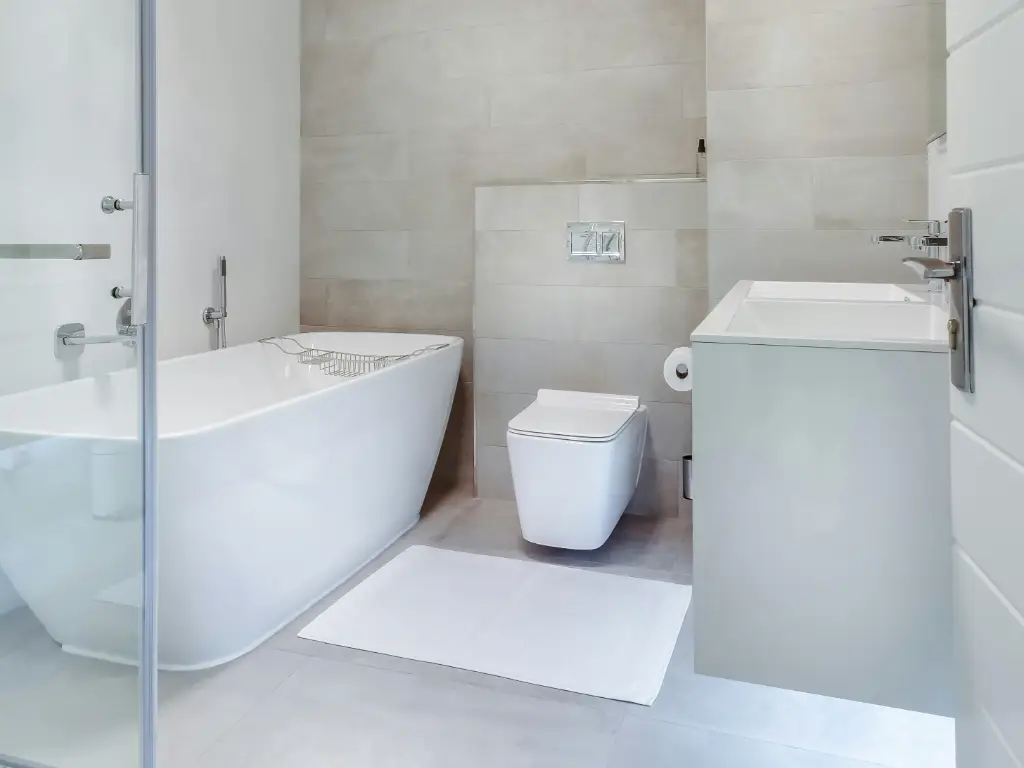Choosing the right bathtub for your home is more than just about function—it’s about creating a space where you can unwind, refresh, and find comfort. If you’ve been weighing the difference between a soaking tub and a bathtub, you’re not alone. Many homeowners debate whether they should opt for the classic practicality of a regular tub or the luxurious appeal of a soaking tub. Let’s dive deep into what sets these two apart and help you decide which one fits your lifestyle best.
What is a Soaking Tub?
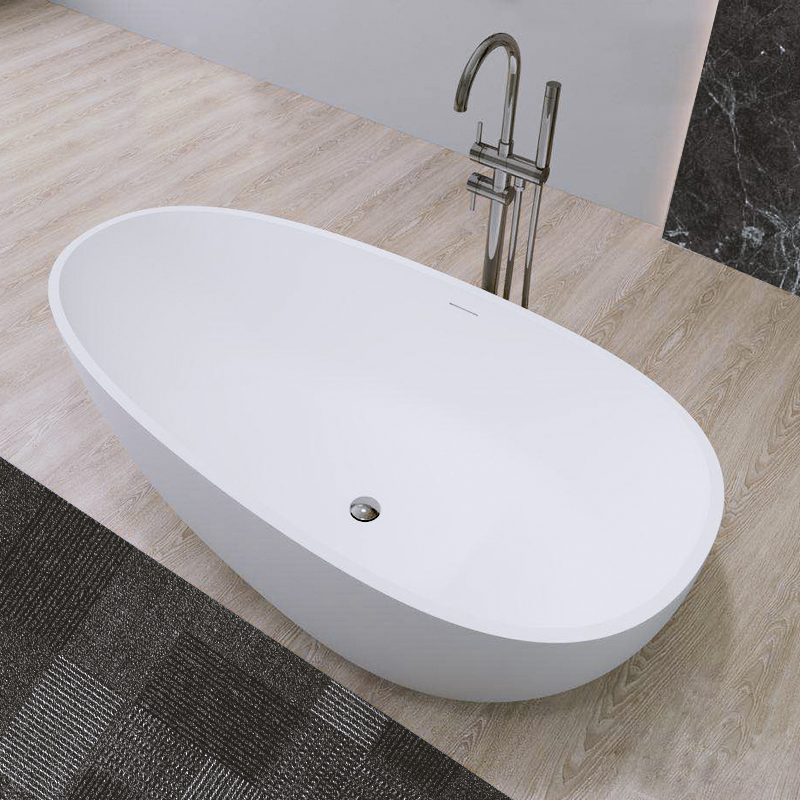
Defining a Soaking Tub
A soaking tub is designed for one primary purpose: deep relaxation. Unlike standard tubs, soaking tubs are deeper, allowing full-body immersion. Typically, they are longer and broader, providing extra comfort so you can completely stretch out and sink into the soothing warmth of the water.
Common Materials Used for Soaking Tubs
Soaking tubs come in a variety of materials, each offering its own unique feel and durability. Acrylic soaking tubs are lightweight and affordable, while cast iron bathtubare heavier and retain heat longer. If you’re seeking something more luxurious, stone soaking tubs, though pricier, add an earthy, elegant touch to any bathroom.
What is a Regular Tub?
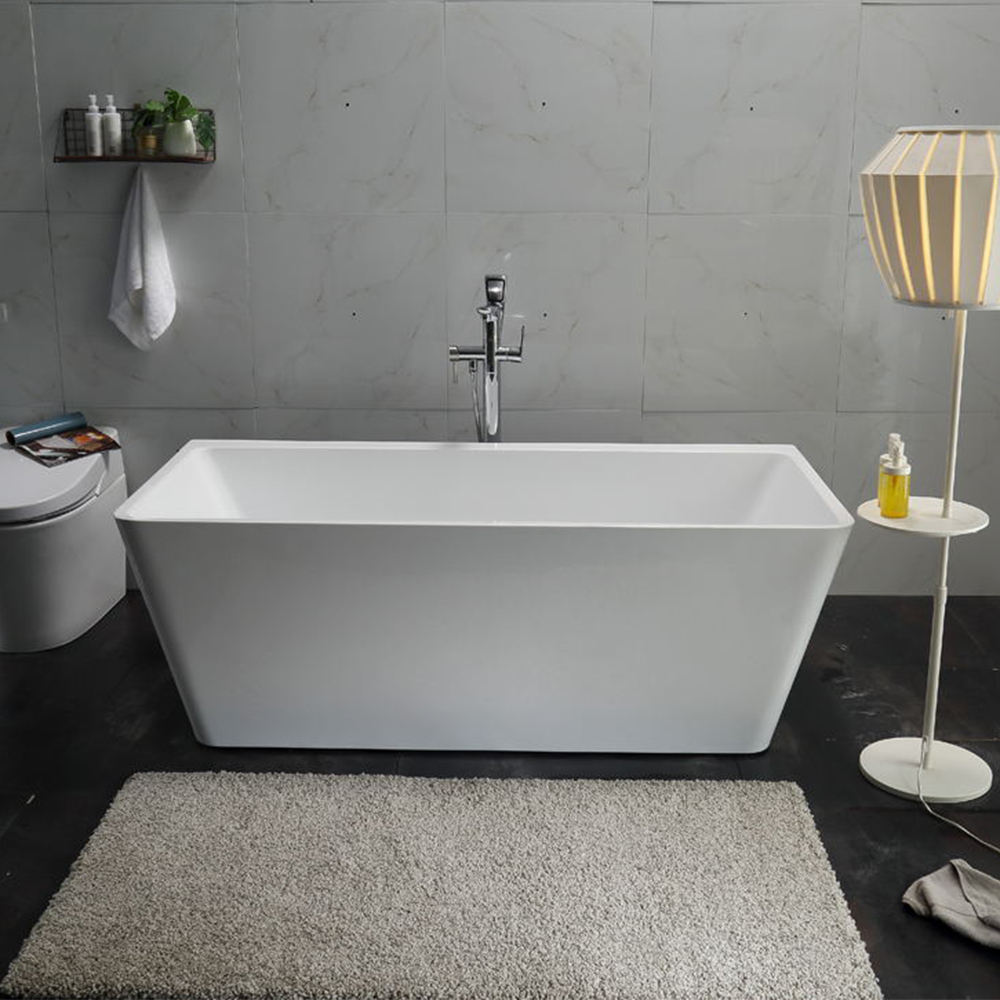
Standard Dimensions and Features
A regular bathtub, also known as a standard tub, is typically about 14 to 16 inches deep. It’s designed more for functionality—quick showers and occasional baths—rather than long, leisurely soaks. These tubs are great for daily use, especially in family households where multiple people share the space.
Common Materials for Regular Tubs
Regular tubs are most commonly made of fiberglass, acrylic, or cast iron. Fiberglass is lightweight and affordable, but tends to wear out faster. Acrylic offers more durability and is easy to maintain, while cast iron is the go-to for long-lasting quality and heat retention.
Key Differences Between Soaking Tubs and Regular Tubs

Soaking Tub vs. Regular Tub Comparison Table
| Feature | Soaking Tub | Regular Tub |
| Depth | 18-22 inches | 14-16 inches |
| Size | 60-72 inches | Closer to 60 inches |
| Water Capacity | Higher, 50-80 gallons | Lower, 30 to 50 gallons |
| Comfort | High | Moderate |
| Space Requirements | More | Less |
| Installation | Complex | Simple |
| Cost | Higher | Lower |
Depth and Water Capacity
So how deep should a soaking tub be? Typically, soaking tubs range from 18 to 22 inches in depth, making them ideal for full-body immersion. Standard tubs, on the other hand, are only about 14 to 16 inches deep, meaning you won’t get the same luxurious, submerged experience. A soaking tub can hold more water, around 50 to 80 gallons, compared to a standard tub’s 30 to 50 gallons.
Size and Space Requirements
The average size of a soaking tub tends to be larger than that of a regular tub, which can present challenges for smaller bathrooms. Soaking tubs often measure around 60 to 72 inches long, while standard tubs are closer to 60 inches. Before installing a soaking tub, ensure you have enough space and consider the extra floor support that might be necessary due to the weight of the water and the tub itself.
Comfort and Relaxation
If you’re after a therapeutic experience, the soaking tub is your go-to. With the extra depth, you can fully relax, making it perfect for unwinding after a long day. Regular tubs, while functional, don’t offer the same level of comfort. They’re great for quick baths, but if you’re seeking a spa-like experience, you might find them a bit lacking.
Aesthetic and Design Differences
Design Flexibility with Soaking Tubs
One of the major advantages of soaking tubs is their design flexibility. You can choose from freestanding models, which act as beautiful bathroom centerpieces, or drop-in options that can blend seamlessly into your bathroom layout. They have a modern and luxurious look that can instantly elevate the aesthetic of your space.
Traditional and Versatile Design of Regular Tubs
Regular tubs tend to stick to more traditional designs, such as wall-mounted or alcove tubs, which fit into a three-sided enclosure. They offer a versatile look that suits various bathroom styles but often lack the visual impact of a freestanding soaking tub.
Health and Wellness Benefits of a Soaking Tub
Muscle Relaxation and Stress Relief
A soaking tub isn’t just for aesthetic appeal—it provides real health benefits, too. The warm water helps soothe sore muscles and relieve stress. If you’ve had a long day at work or an intense workout, there’s nothing better than immersing yourself in a soaking tub for instant relaxation.
Enhanced Circulation and Joint Pain Relief
Warm water therapy improves blood flow, making a soaking tub an excellent choice for anyone with joint pain or poor circulation. The deep water also helps relieve tension, offering a spa-like experience at home.
Practical Considerations for Regular Tubs
Regular tubs offer convenience, especially for families. They’re perfect for quick baths or for bathing children. You can also easily convert a regular tub into a shower, making it a versatile choice for everyday use.
Installation and Plumbing Requirements
Installing a Soaking Tub
Installing a soaking tub can be a bit more complex than a regular tub. Due to their larger size and heavier weight, you might need additional floor support and plumbing adjustments. It’s essential to plan ahead and ensure your bathroom can handle the extra load.
Installing a Regular Tub
Regular tubs, on the other hand, are easier to install and typically require no special plumbing adjustments. Most bathrooms are already set up to accommodate standard tubs, making installation more straightforward.
Cost Comparison: Soaking Tub vs. Regular Tub
Price Differences Between the Two
While soaking tubs offer a luxurious experience, they come at a higher price. Regular tubs are more affordable and are often the better option for homeowners on a budget. However, the extra cost of a soaking tub can be worth it if you’re seeking a more indulgent bathing experience.
Long-Term Value and Cost Efficiency
Soaking tubs, though pricier, offer long-term value in terms of relaxation and health benefits. Regular tubs, while cost-efficient upfront, may not provide the same level of long-term satisfaction if you’re craving a more luxurious bath experience.
Choosing the Right Tub for Your Needs
Factors to Consider
When deciding between a soaking tub and a regular tub, consider the size of your bathroom, your budget, and how you plan to use the tub. Do you want something luxurious for relaxation, or are you focused on practicality for daily use?
When to Opt for a Soaking Tub?
If you’re looking to create a personal spa experience and have the space for it, a soaking tub is worth the investment. It’s perfect for those who enjoy long, peaceful baths.
When a Regular Tub is the Best Choice?
If you have a smaller bathroom or need something more practical for daily showers and quick baths, a regular tub is the more sensible option.
Conclusion
Choosing between a soaking tub and a regular tub ultimately depends on your lifestyle, budget, and space. If you’re after a daily convenience, a regular tub fits the bill. But if you’re seeking a luxurious, therapeutic experience, a soaking tub is the way to go. Whatever you choose, both offer their own unique advantages, ensuring your bathroom is both functional and a place of comfort.
FAQs
- How deep should a soaking tub be? Soaking tubs are typically 18 to 22 inches deep, allowing for full-body immersion and ultimate relaxation.
- What is a soaking bathtub? A soaking bathtub is a deeper, larger tub designed for long, relaxing baths where the user can fully immerse their body in water.
- What is the average size of a soaking tub? The average soaking tub ranges from 60 to 72 inches long and 18 to 22 inches deep, offering more space than a regular tub.
- What are the main benefits of a soaking tub? Soaking tubs provide enhanced relaxation, muscle relief, improved circulation, and a luxurious spa-like experience at home.
- Which material is best for a soaking tub? Common materials for soaking tubs include acrylic for affordability and lightweight, cast iron for heat retention, and stone for a high-end, durable finish.

